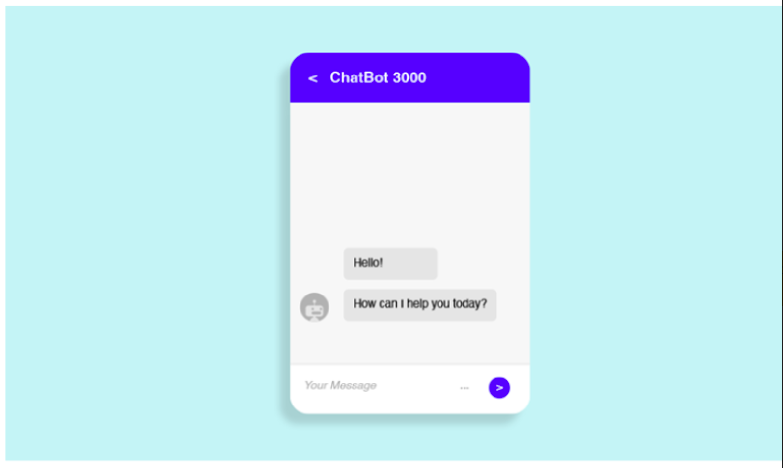The Internal Revenue Service is relying on technology to help it keep up with its growing need for taxpayer support. The agency has begun using voice and chat bots on a pair of specialized telephone assistance lines and on its website.
These new features are expected to help taxpayers get answers to simple payment or collection notice questions quickly, while avoiding wait times for a human representative.
Taxpayers can, of course, still remain on the line for an IRS telephone representative if they really need one.
“Our phone lines continue to see unprecedented demand, and the IRS continues to look for ways to help people and avoid long wait times,” said IRS Commissioner Chuck Rettig. “Our telephone representatives remain an important part of the service we provide, but these bots can help some people avoid lengthy phone delays for something that could be resolved on the spot. This is part of a larger effort to help people get the assistance they need this tax season.”
The voice and chat bots have been deployed in English- and Spanish-speaking versions, giving taxpayers help with tax payment issues, or with an IRS notice they have received. Taxpayers with more general tax season questions probably won’t encounter one of these bots at this time, the IRS says.
The bots are helping taxpayers with issues such as how to make one-time payments, answers to frequently asked questions, or clarification of collection notices.
So, what is a ‘bot,’ anyway?
Bots are basically software; in this case, software powered by artificial intelligence (AI). Voice bots allow the caller to navigate through the system of menus – called the interactive voice response system or IVR – using their voice and their natural language.
Chat bots can simulate human conversation, interacting through text. Like the voice bot, chat bots use AI to respond to natural language in a normal way.
Some taxpayers, of course, may need to speak to a human customer service representative. Those callers who do need human assistance will be placed on hold for either English or Spanish telephone assistance.
The voice and chat bots deployed by the IRS provide unauthenticated services, which means they are not able to help with issues that involve a taxpayer’s protected account information.
But for many taxpayers, the bots can be a welcome shortcut to easy answers.
“Voice and chat bots interact with taxpayers in easy-to-follow ways, which means taxpayers don’t have to wait on hold to handle simple tasks,” said Darren Guillot, Commissioner of Small Business/Self Employed Collection at the IRS.
This new IRS deployment builds on previous AI experience. The IRS used voice bots to help callers to its Economic Impact Payment (EIP) toll-free line, where they gave general answers to frequently asked questions. In February, voice bots were used on the Advance Child Credit toll-free line, giving similar help to taxpayers reconciling the
credits on their 2021 tax return.
The IRS plans to add more bots in the future
Look for more bots within the IRS experience later this year. The IRS expects to have voice bots help taxpayers authenticate their identity so they can establish payment plans, request transcripts and to get information such as payoff amounts from their accounts.
And the IRS expects to have more voice and chat bots on the job later in 2022 helping taxpayers with even more complex issues.
The IRS bot rollout carries the promise of big dividends for the agency’s customer service departments. The IRS toll-free telephone lines get millions of calls every year. The average customer service representative spends some 20 minutes with every taxpayer they help with a collection issue.
If the bots can field the simple questions, that frees customer service representatives to deal with the more complex issues while cutting wait times for callers.
For more information, see the other self-service options available on the IRS website.


